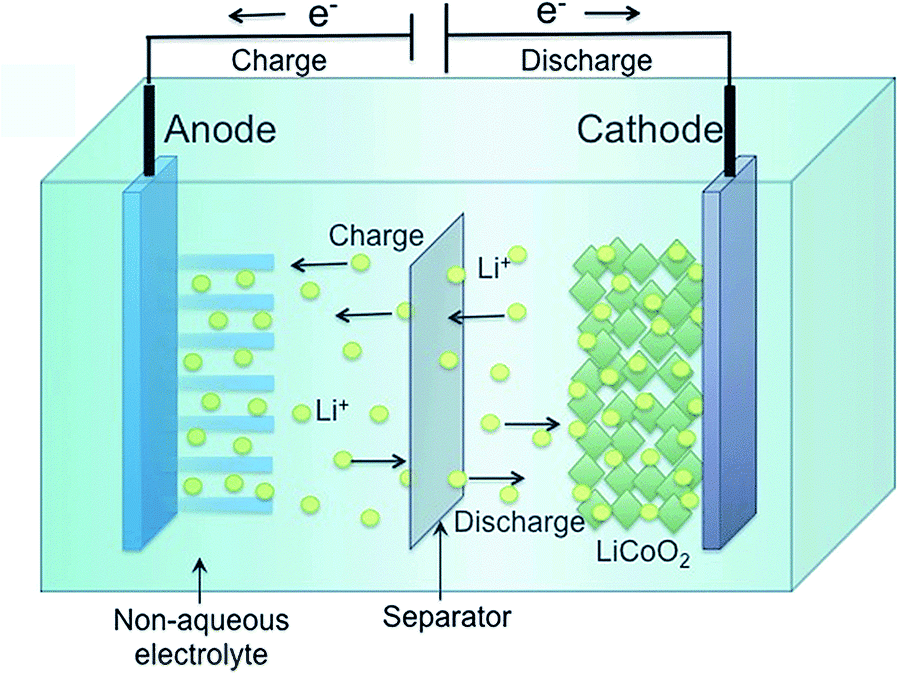

Viscosity of the polymeric binder solution affects coating performance. In electrode manufacturing process, viscosity of in-process constituents is especially significant and plays a critical role battery fabrication processes such as coating. Density and viscosity quantify flow properties and characterise the degree of structure within the sample and the extent to which solid- or liquid-like behaviour dominates. Composition and applied processing conditions can have an impact on the rheology of the resulting suspension. Rheological properties of slurries affect important attributes: slurry stability, ease of mixing and coating performance, which impact finished electrodes. A thorough mixing of slurry is essential for homogeneity. Slurries are a very complex suspension system containing large percentage of solid particles of different chemicals, sizes and shapes in a highly viscous media. To deliver desirable electrochemical performance, the multistep manufacturing process of battery electrodes need to be closely controlled. This is followed by drying, calendaring and sizing of the electrodes. The first step in the assembly of cell is the deposition of a suspension containing the active material, conducting material and polymeric binder in a solvent on to a copper film or an aluminium film (slurry preparation and coating).

By repeating and stabilizing manufacturing processes, battery solutions in demanding applications will be of higher quality. There can be a significant difference in the cycle life and quality of the best and the worst cells. In the world of battery manufacturing, this is especially true – no battery pack is stronger than its weakest cell.
#Battery anode and cathode series#
For higher capacity, a battery is made up of many small cells connected in series and parallel. Stable, competitive production processĪll battery solutions have the cell as the “least common denominator”.

Some are looking for ways to recycle end-of-life batteries and recycle the materials back into manufacturing to “close the loop”. A circular manufacturing approach, using clean energy to power battery cell manufacturing, and conscientious sourcing of raw materials are required. Sustainability – Reduced consumption of energy and raw materialsīattery manufacturers aim to reduce their environmental footprint as much as possible.


 0 kommentar(er)
0 kommentar(er)
